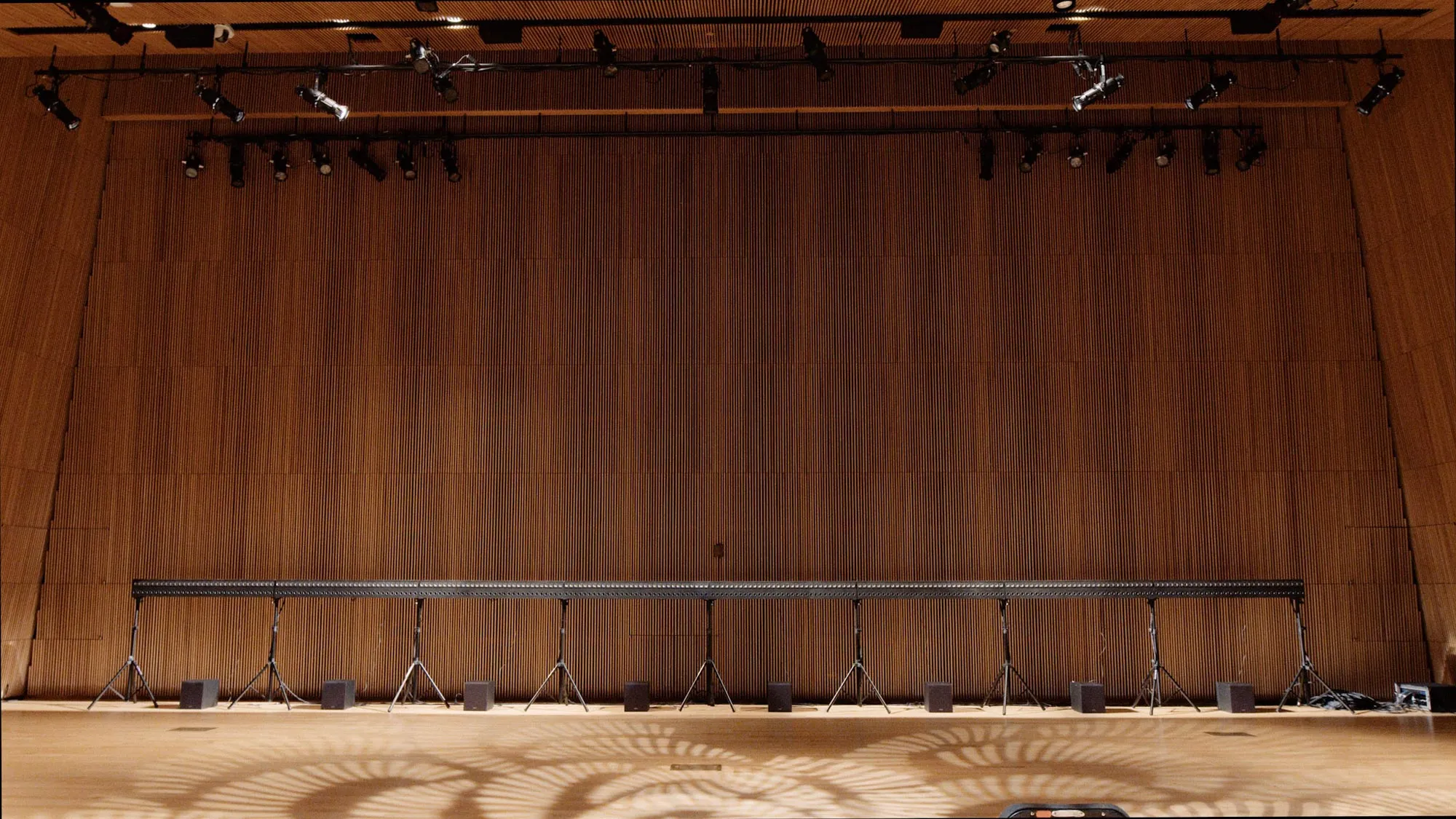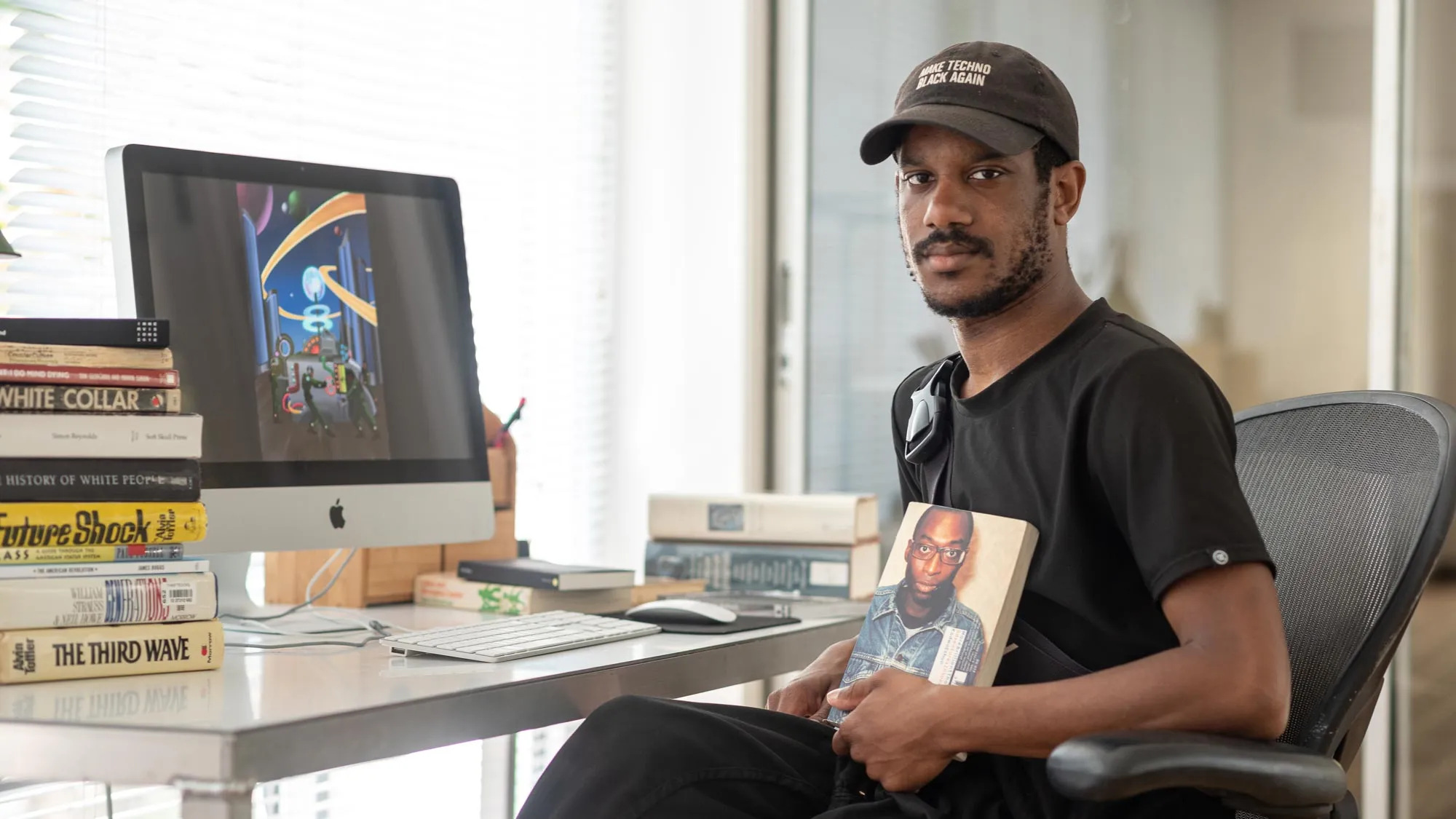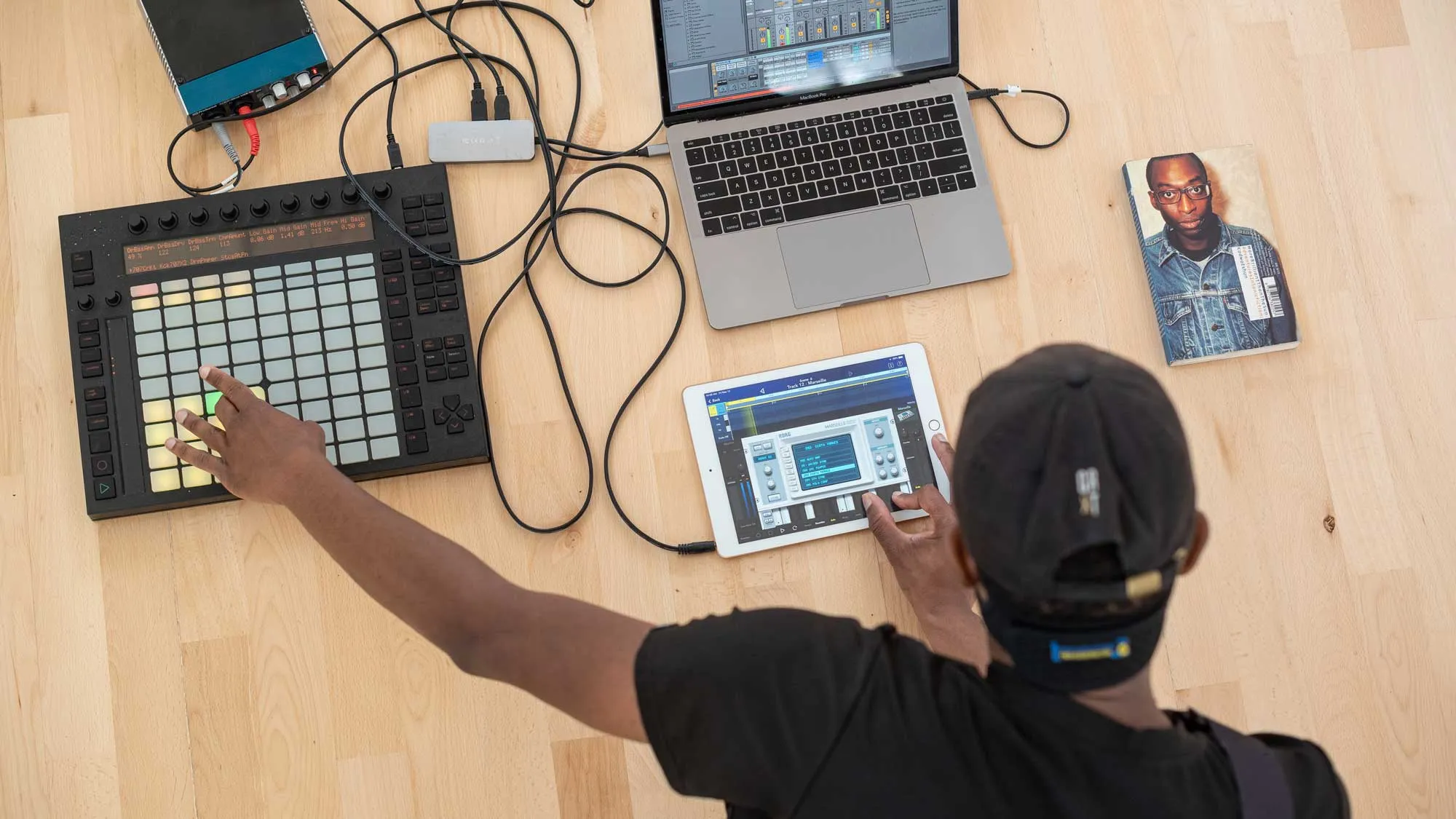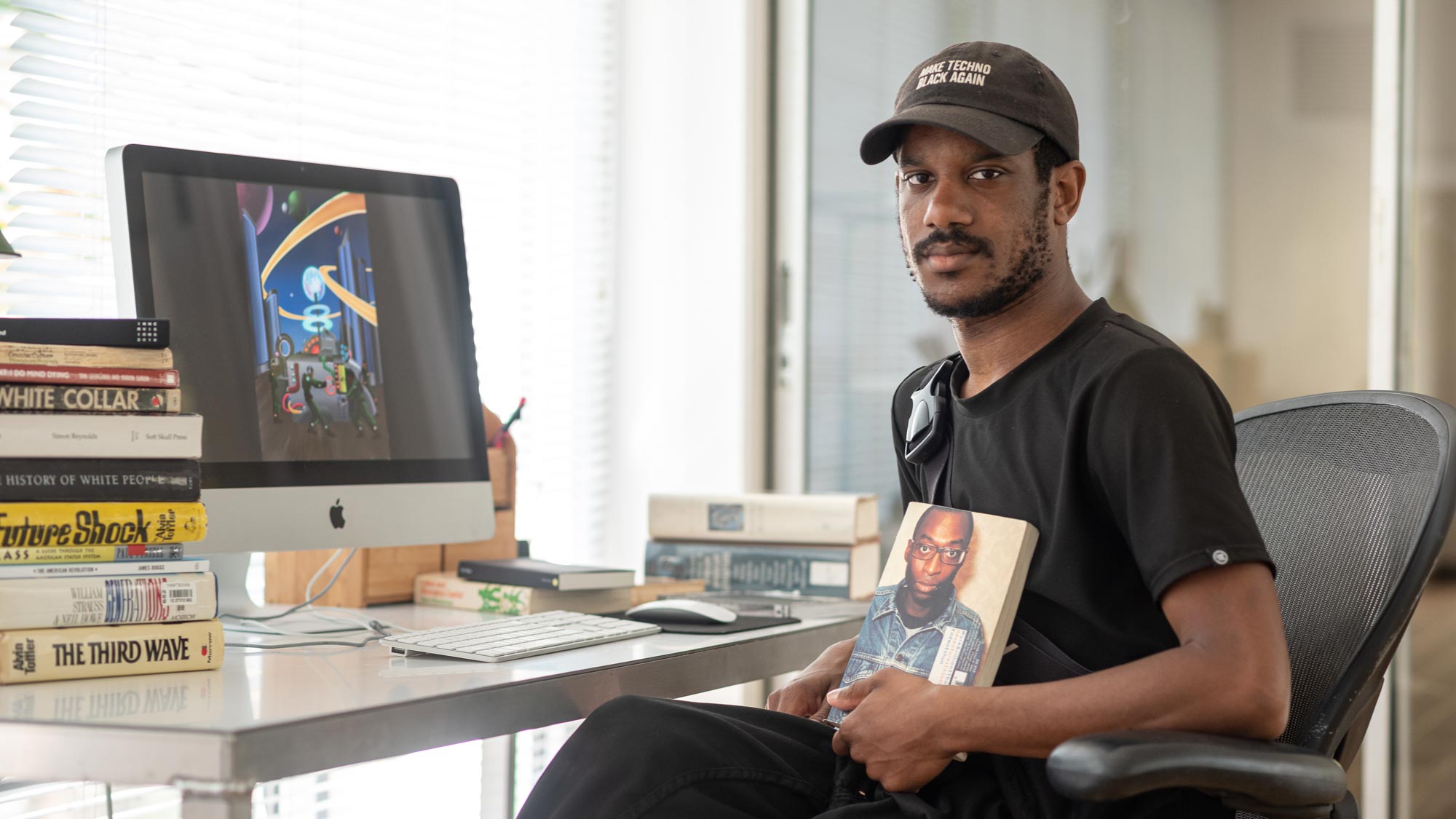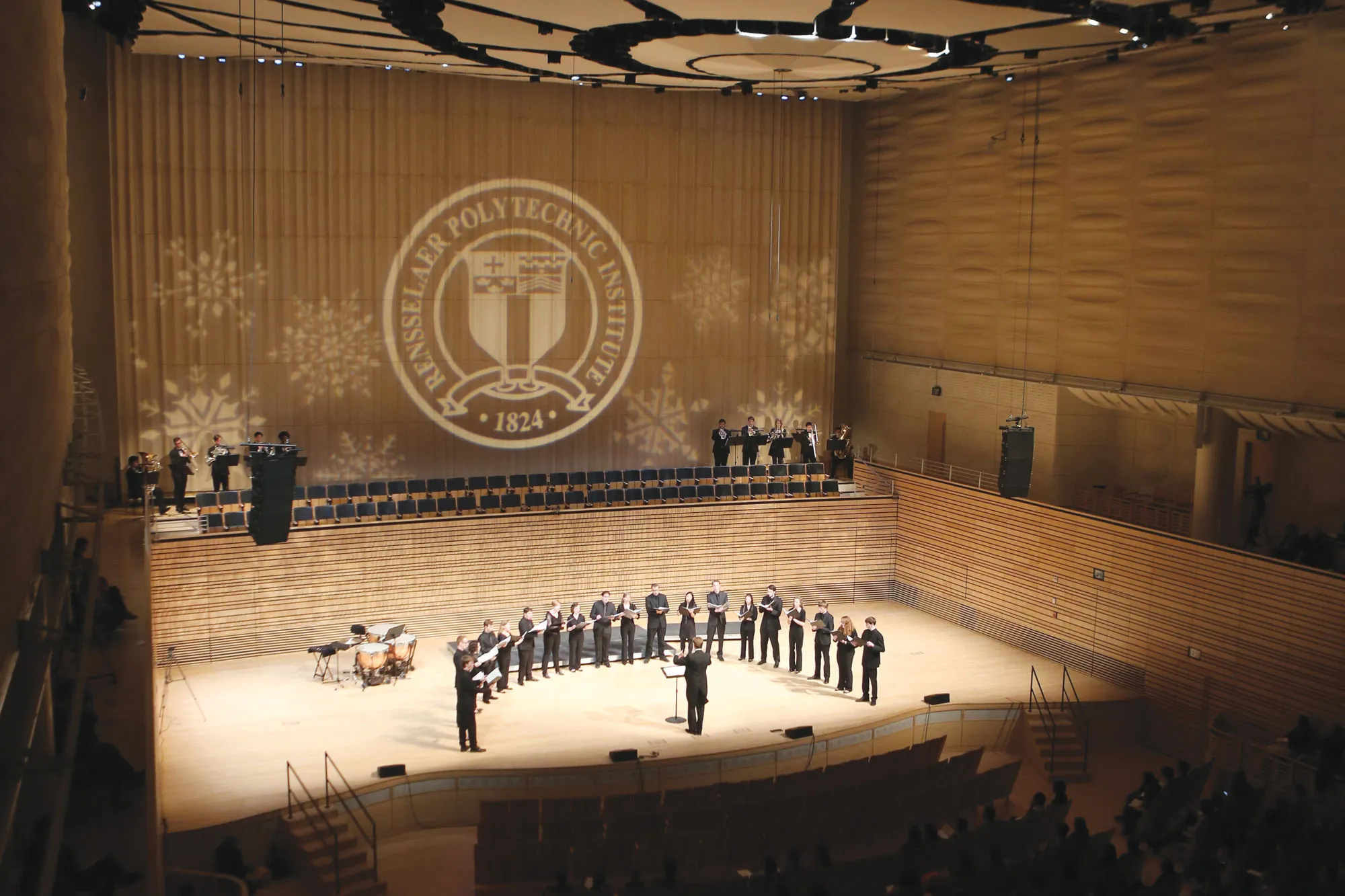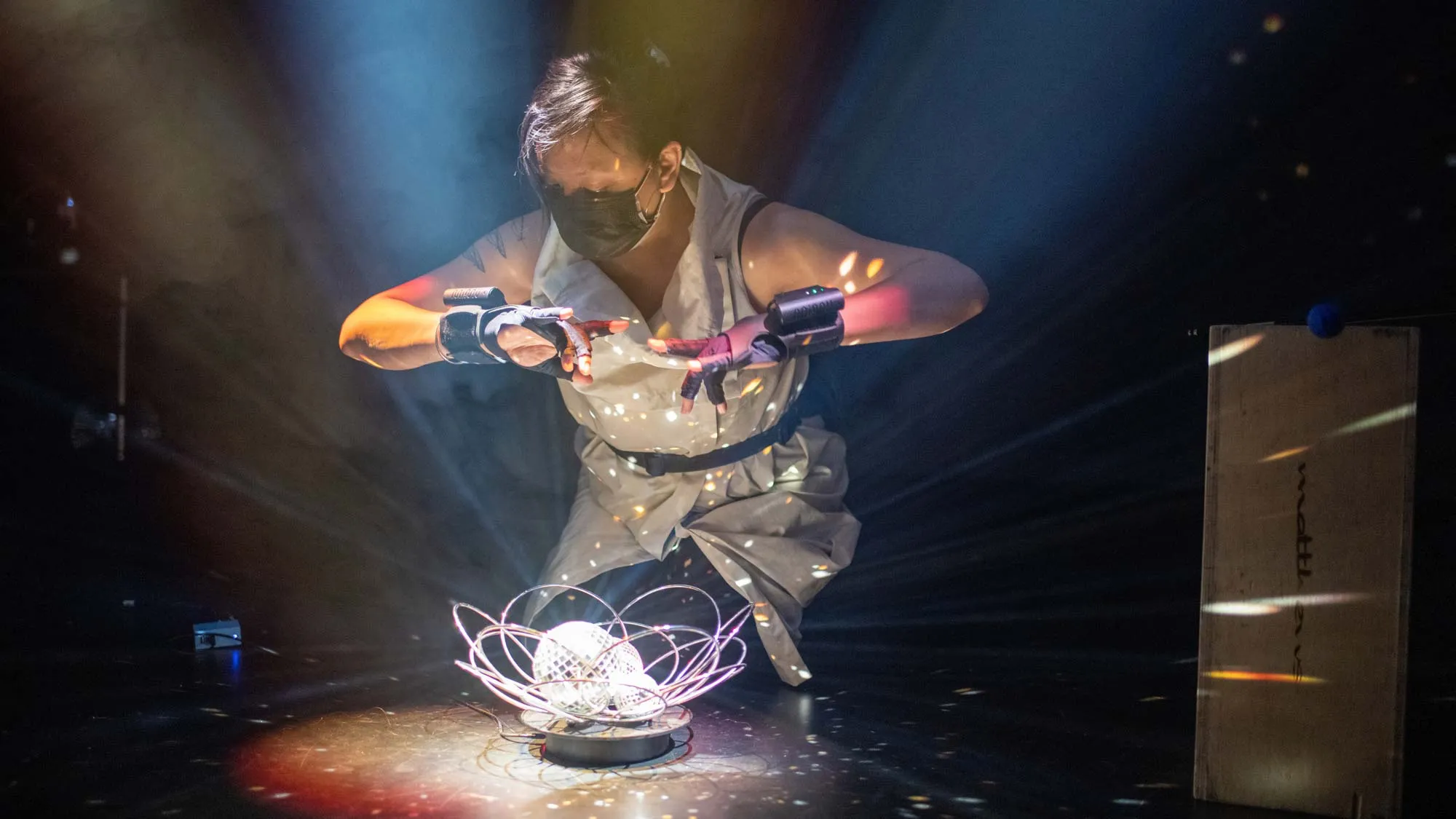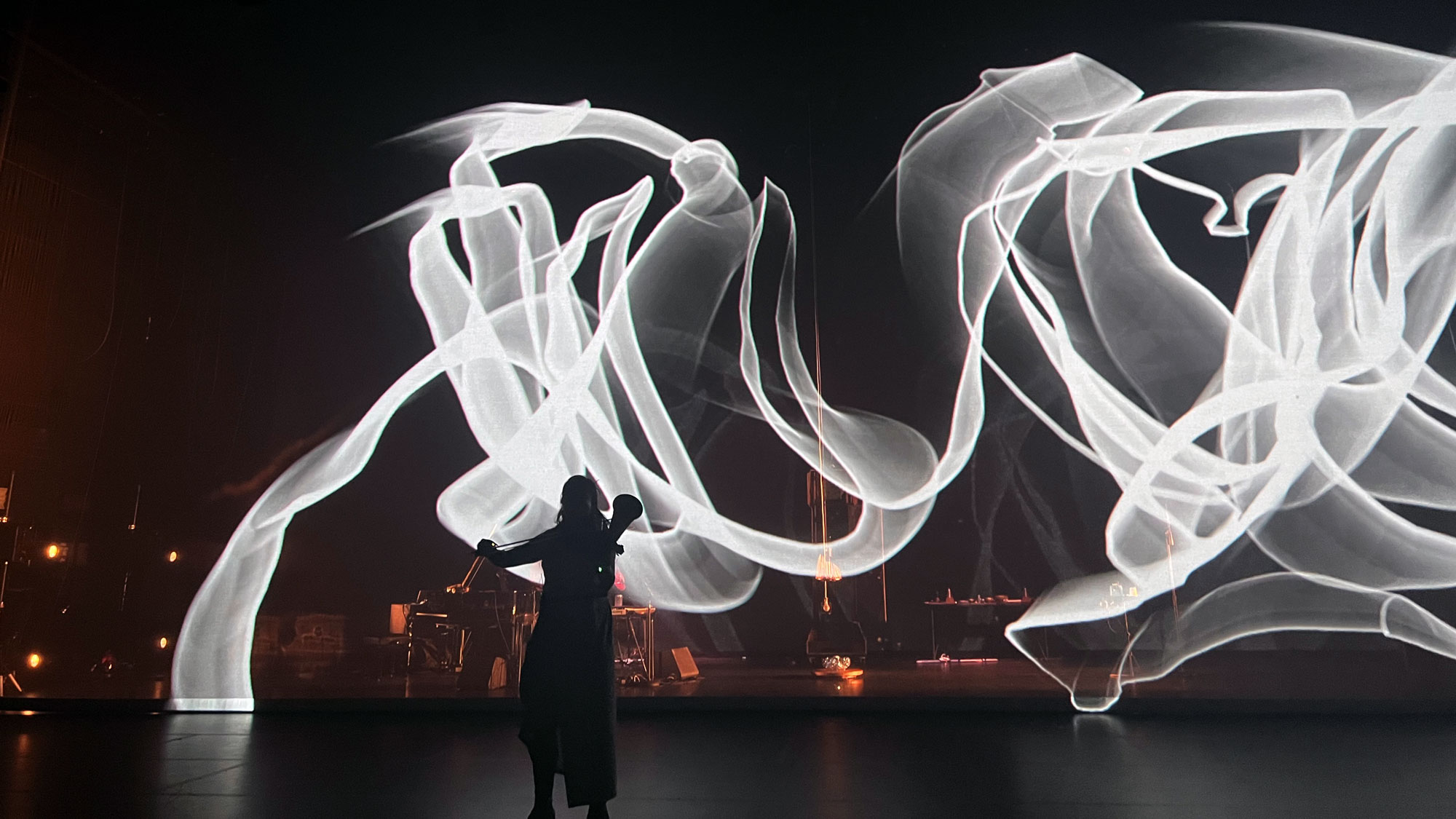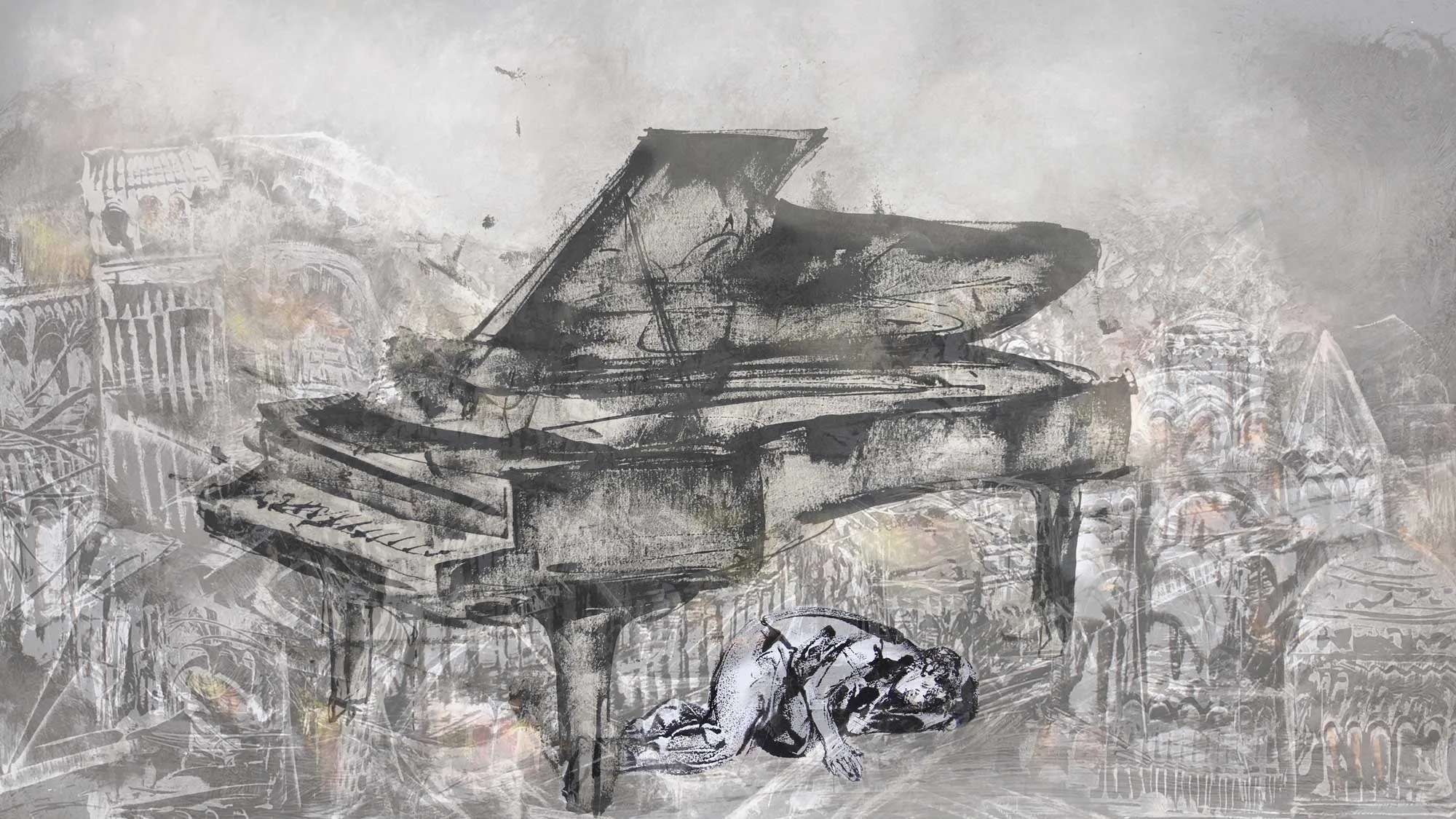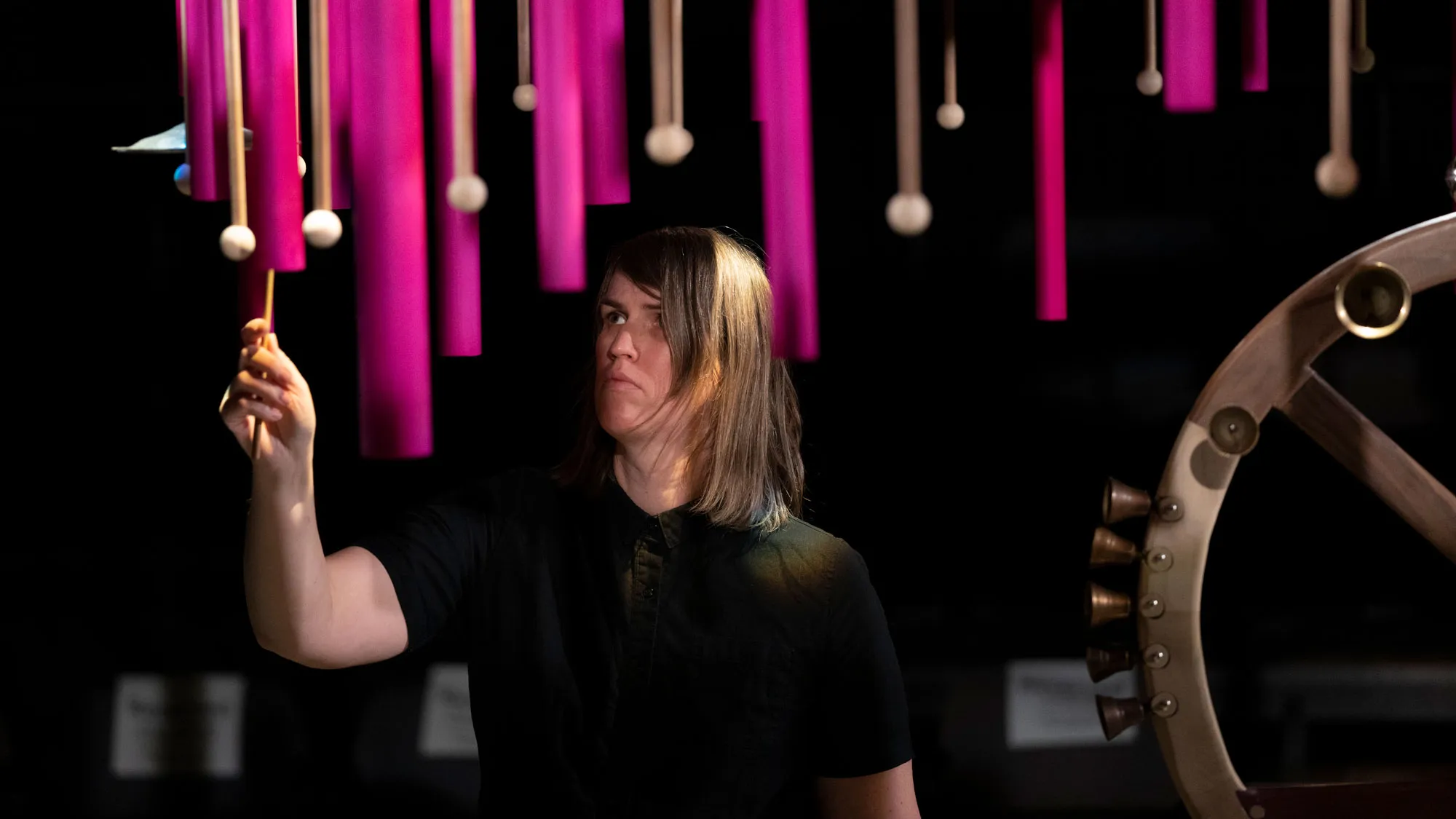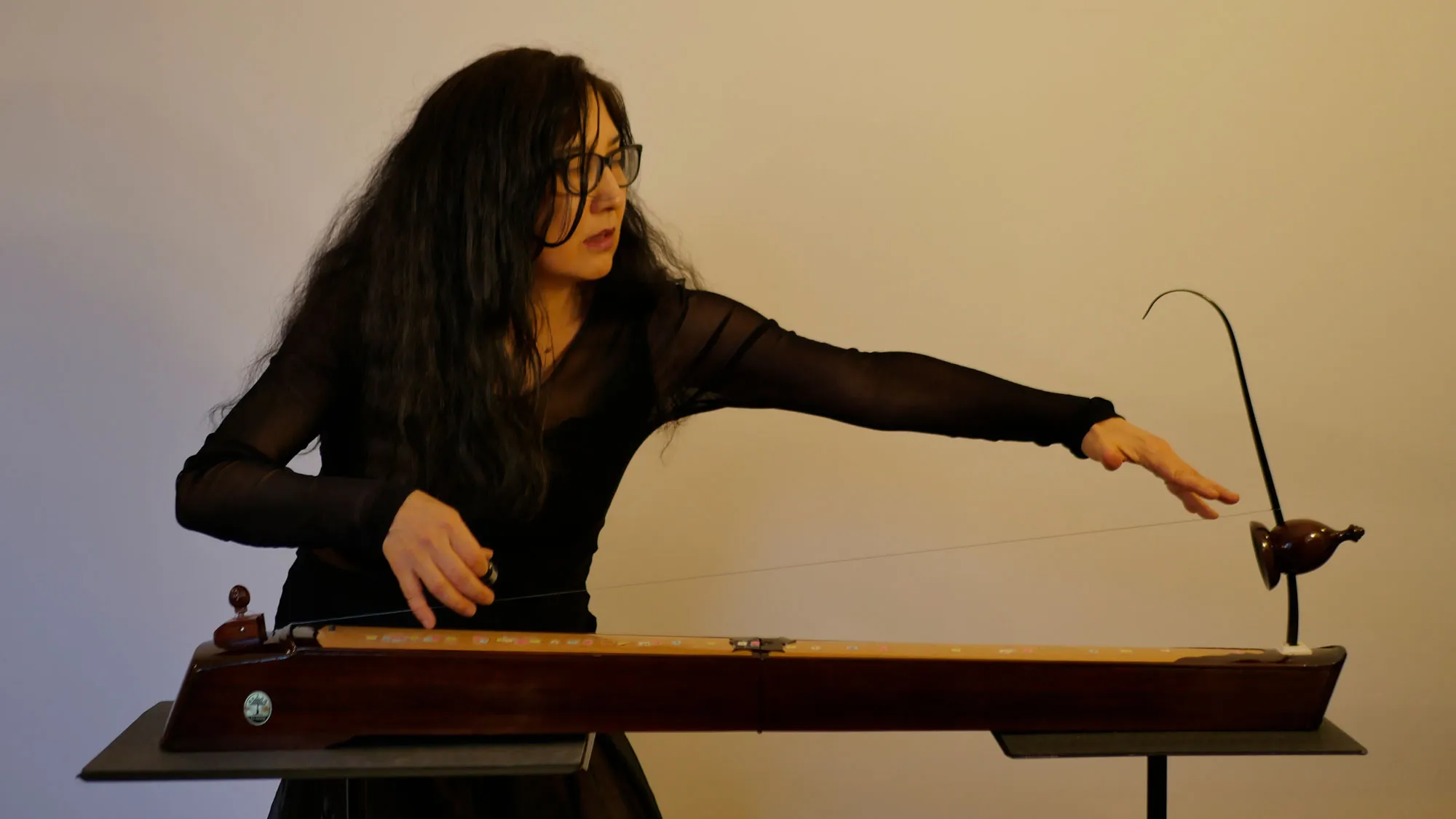The 2022 President’s Holiday Concert at Rensselaer Polytechnic Institute will take place on Sunday, Dec. 11, at 3 p.m. in the Concert Hall of the Curtis R. Priem Experimental Media and Performing Arts Center (EMPAC) on campus.
The event is free, open to the public, and will be followed by a reception. RSVPs are required.
The concert, titled “Many Voices, One Song,” features a selection of music that will celebrate the diversity and shared purpose of the Rensselaer community. In addition to the Rensselaer Orchestra and Concert Choir, the program will feature the inaugural public performance of the Rensselaer Jazz Ensemble and a featured performance of Indian classical music by first-year RPI student and tabla virtuoso Vivek Pandya.
“As Rensselaer enters a new era of growth and renewal, moving forward as one community, it is wonderful to watch how our annual holiday concert is evolving,” said Rensselaer President Martin Schmidt. “This is a great opportunity to reflect on the diversity of our experiences and make new memories together in anticipation of a bright future.”
Under the direction of Lecturer Robert Whalen, the orchestra will perform Valerie Coleman’s “Seven O’Clock Shout,” a musical tribute to the service and sacrifice of health care workers in the early days of the COVID-19 pandemic. The jazz ensemble, directed by Lecturer Jillian Willis, will offer a cross-section of jazz history, including the standards “Lullaby of Birdland” and “Nature Boy” alongside the contemporary composition “Running Out of Time.”
"During our first semester, the Jazz Ensemble students strived to understand the nuances of improvising a story through sound, revere the importance of melody, and value the art of active listening,” said Willis. “In this performance, we graciously present our lessons of the blues, the American songbook, and contemporary jazz in celebration of the President's Holiday Concert."
Other highlights of the program include works by Mxolisi Matyila, Lili Boulanger, Arvo Pärt, Edward Elgar, and an arrangement by student composer Rose Bollerman. The program will close with Antonin Dvorak’s thrilling and celebratory “Carnival Overture.”
Using the medium of music, this program foregrounds remembrance and joy; it celebrates the dedication and creativity of our Rensselaer students; and it affirms the fact that — whatever our differences — we can join together in solidarity to create something greater than the sum of its parts.
Main Image: 2015 Holiday Concert
